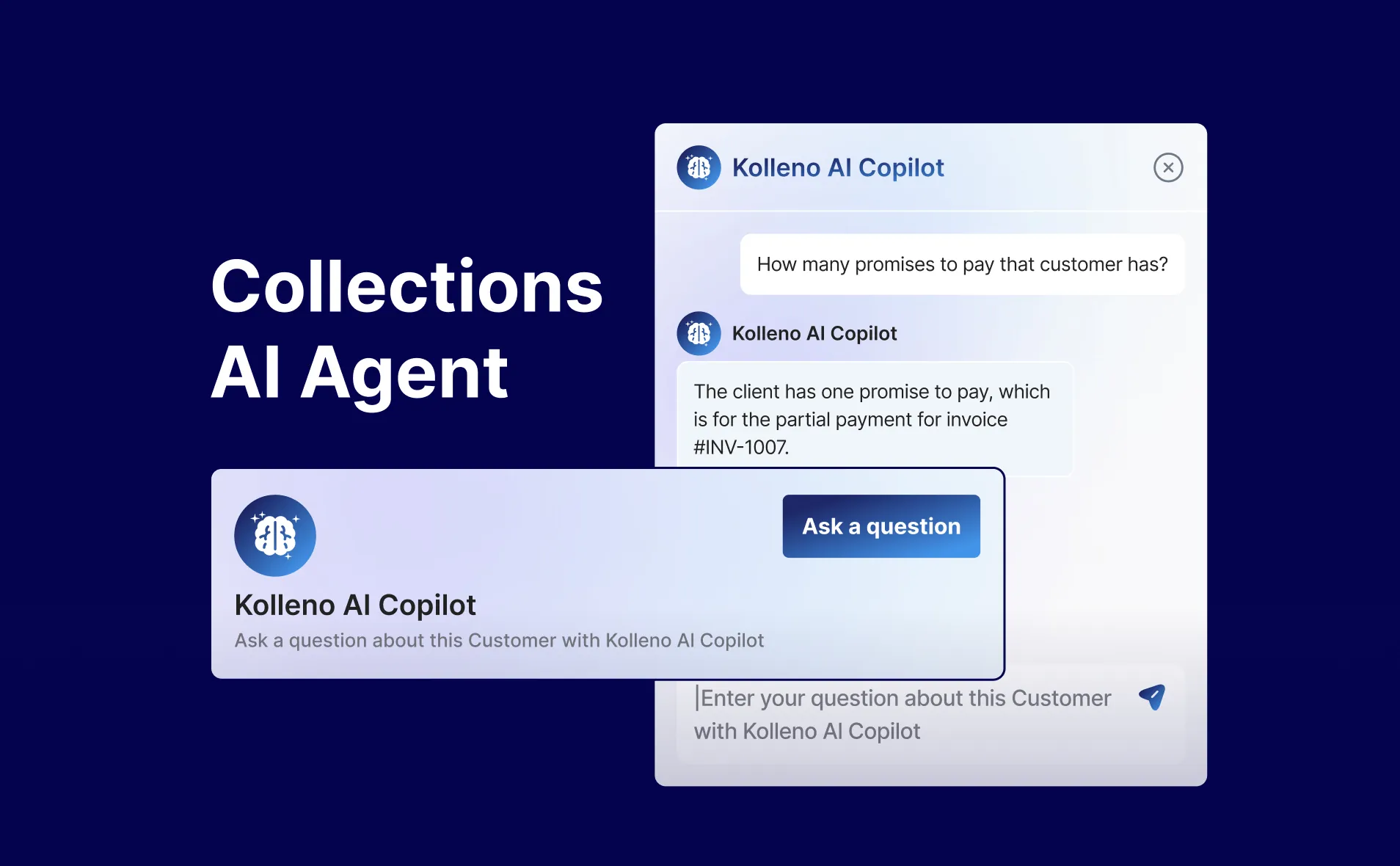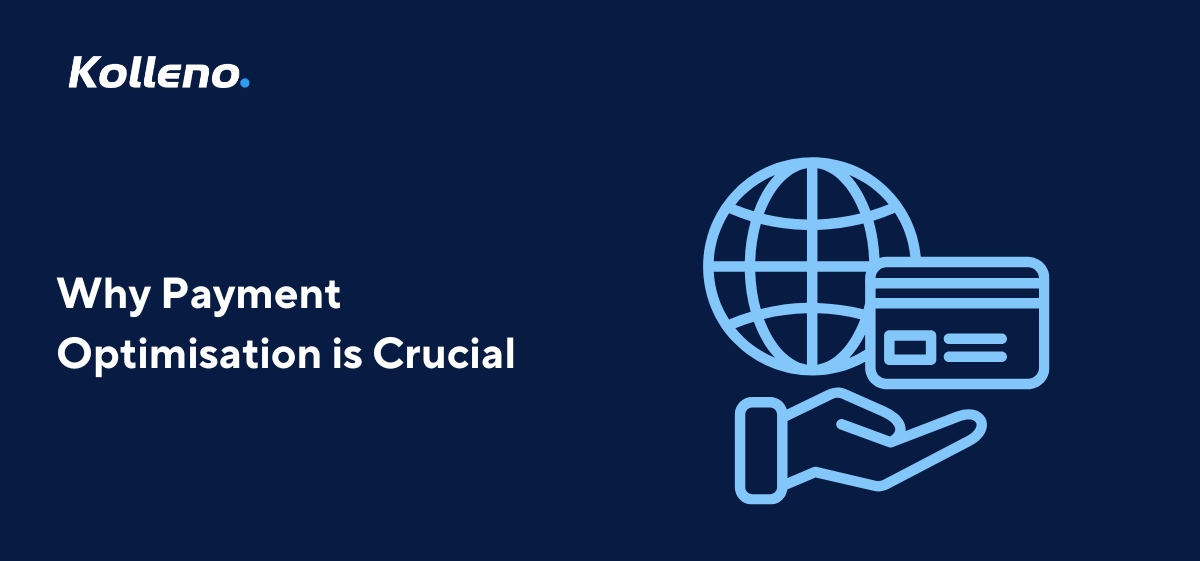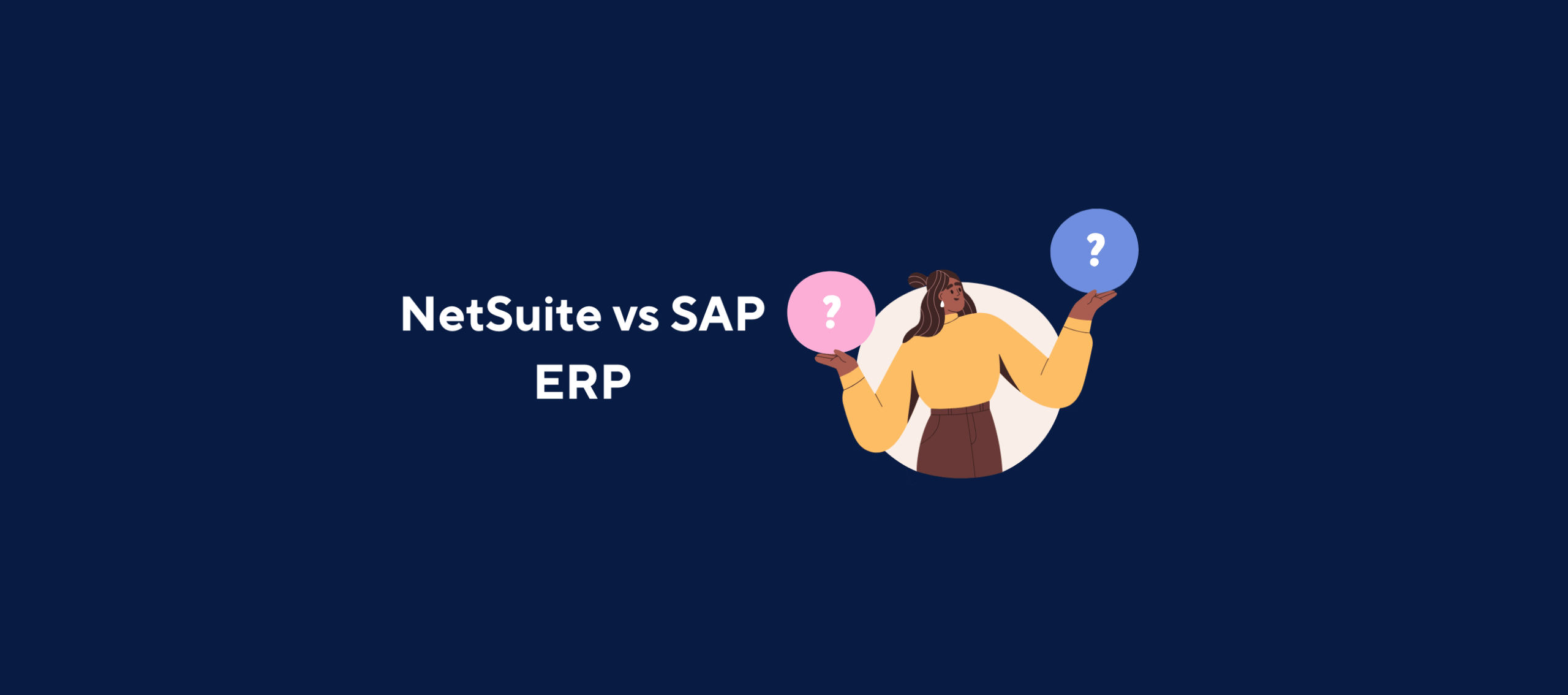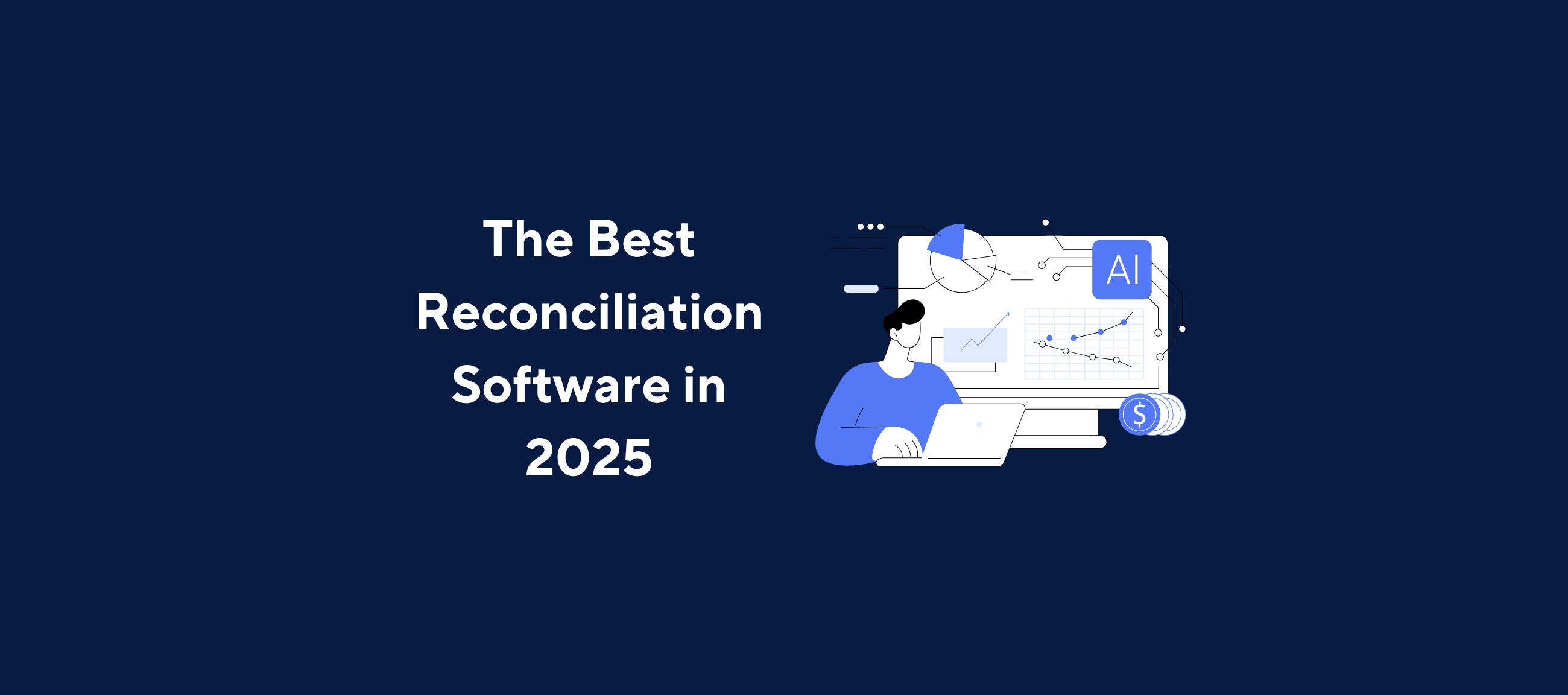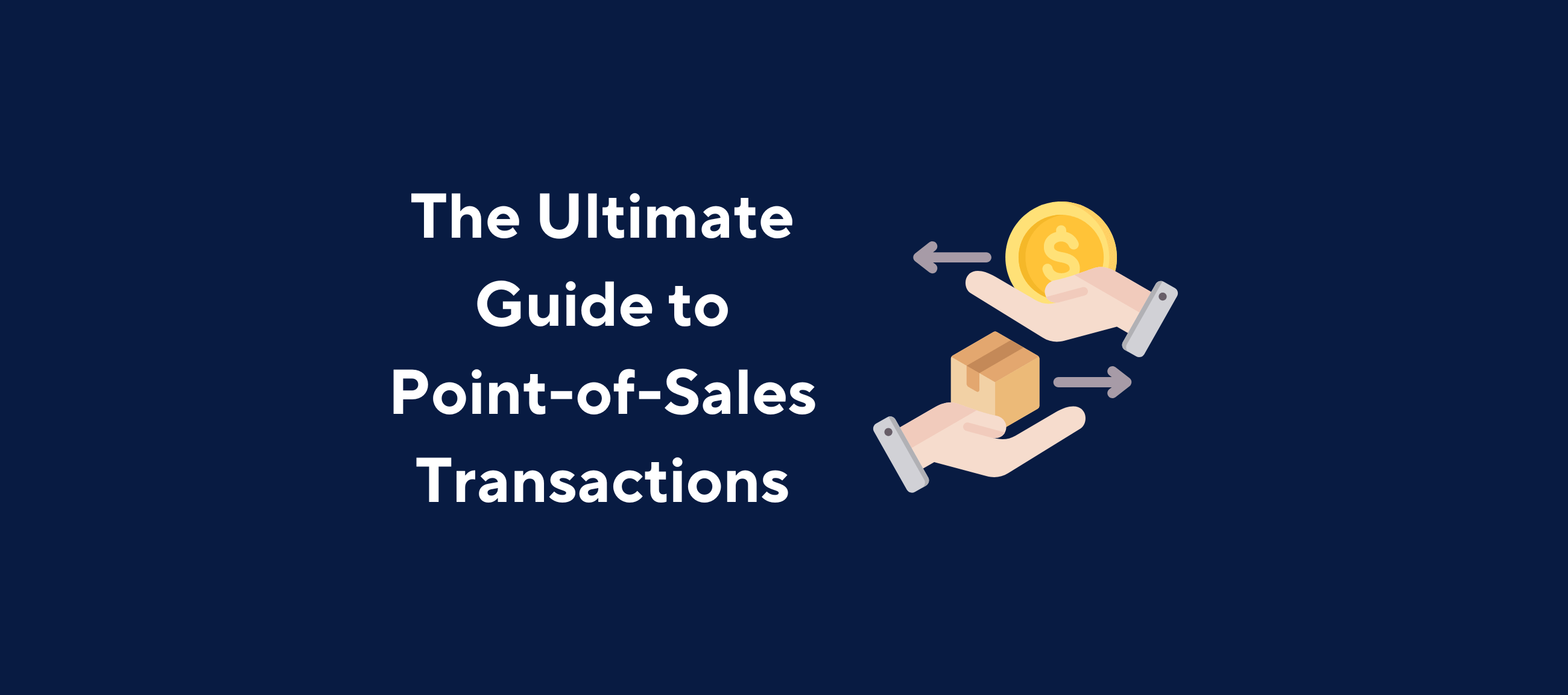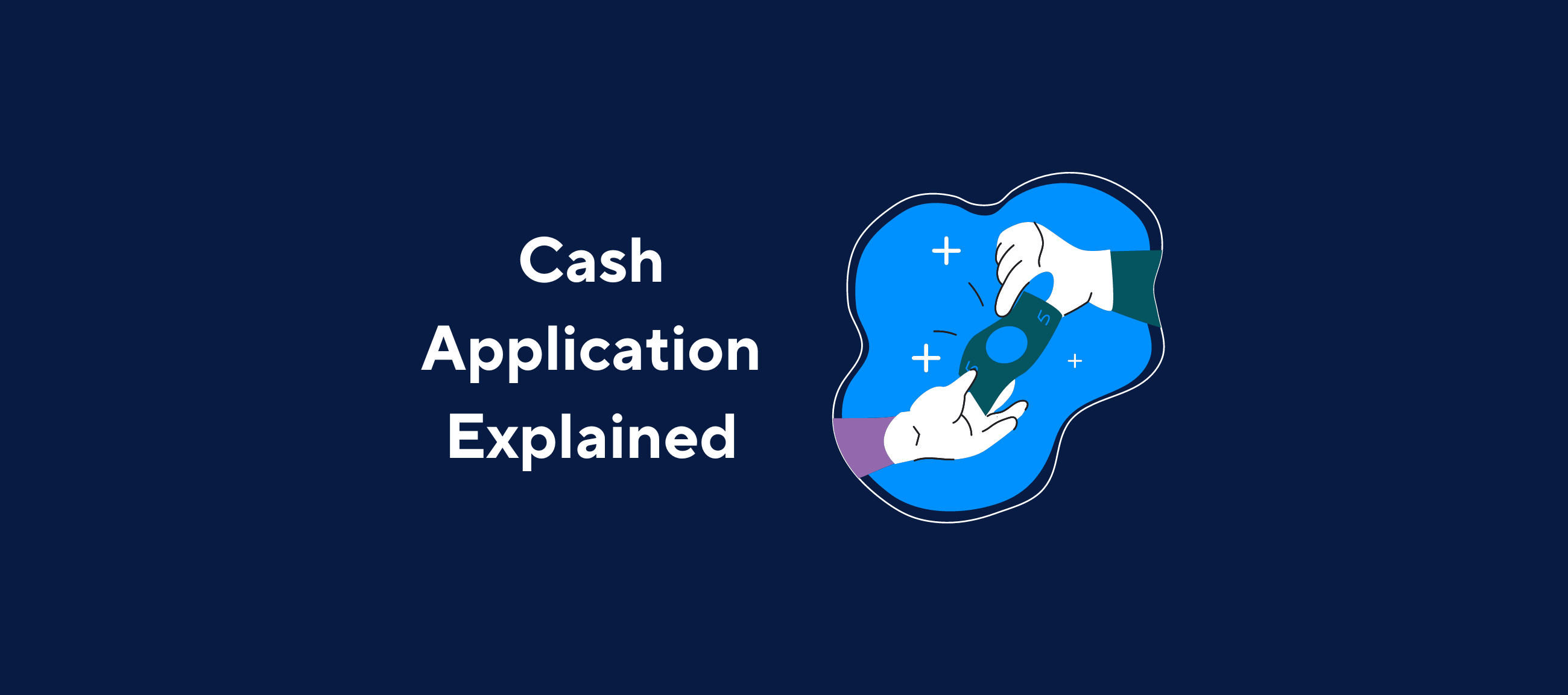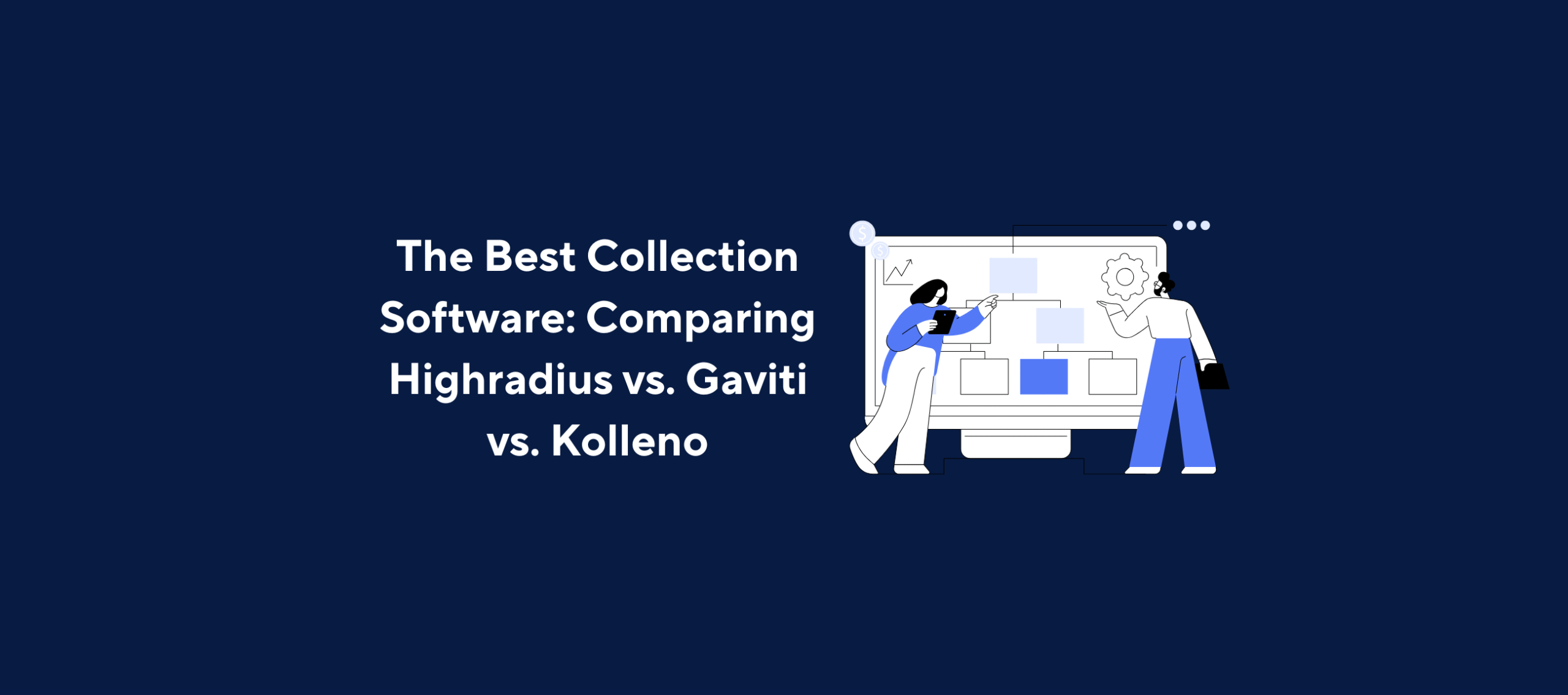The world has been rapidly heading towards digital transformation in the last decade. The COVID-19 pandemic, however, has speeded up the digital transformation and the world will never be the same. According to a McKinsey report, the change is now happening four to five times faster than before. The way the customers (B2C) or businesses (B2B) pay for services or goods has also transformed. It is vital to adjust the payment strategy if you want your business to strive in the new normal.
Digital Payment Statistics
In 2020 around 44% of global e-commerce transactions were paid for through digital wallets. The data by Statista says this share will increase to 51%. Other payments were done through credit cards (22%), debit cards (12%), bank transfers,s and only 1% with cash. Cash is losing its appeal not only as of the non-hygienic method of payments but also due to the mass adoption of contactless payments. Now paying for small miscellaneous goods is easy and safe thanks to card touch technology.
The global value of digital transactions was $5.2 trillion in 2020 with the highest share in India. Moreover, the value of online transactions is projected to increase by 16% in Europe and 15% in the US by 2025. While the common e-commerce marketplaces like Amazon, eBay, Etsy, and etc., have seen an increase in their revenues from 70% to 150%, the other small and medium-sized enterprises (SMEs) also increasing started to sell online. Professional services, education, healthcare providers, and many other businesses have increased their digital sales.
Challenges of the Payment Strategy
Online transactions require a vigorous payment strategy. The data clearly indicates that the merchants need to make sure that the customers have an access to omnichannel payments gateways. Commerce is shifting towards the more costly payment acceptance options. McKinsey projects that businesses will face an increase in payment-acceptance costs between $8 billion to $15 billion. The costs are coming from different value-added services in the payment industry. They vary from fraud prevention, cloud servicing, data insights, customer support, and many more.
In order to attract customers, appeal to the new digital-only generation Z, and retain existing clients it is vital to show that your business is forward-thinking, provides superior customer experience and accommodate clients with easy-to-use payment options, offers one-click payment solutions as well as accept an array of different digital payment instruments.
What to Consider When to Choose a Payment Provider
With the growing popularity of digital payments, there was a boom in payment providers and acquirers. Businesses need to choose the providers who can support various currencies, transactions, and card types, offer optimal processing speed, have the lowest fee structure, and offer high conversion rates. Usually, one provider can’t offer the best service in all the above-mentioned categories. So it is completely acceptable to use various acquirers domestic and international. Especially this is relevant for the increasing rate between international B2B transactions.
Costs, Conversion, and Risks
One of the challenges of having multiple digital payment processing providers are costs, both in money terms and labour costs. When there are several providers, there are various dashboards, analytics and revenue stream that has to be monitored. In order to reduce the manual work, it is useful to have a unified payment platform where all the information is aggregated.
Another important point is the UI/UX that impacts the conversion. If the website and user dashboard are not intuitive, and it is cumbersome to choose the preferred payment provider, the customer is less likely to complete the transaction.
Last, but not least it is important to think about the risks associated with different payment options. Not only fraud prevention is the key feature of a powerful payment provider but also you need to know if the data is used safely, as the paper by Ernst & Young suggests payment service providers might want to monetize their transactions data insights. Payment Card Industry Data Security Standard (PCI DSS) has developed several rules, that service providers ought to comply with. There are different levels, depending on the amount of the transactions, but all of them aim to minimize the risk faced by the customer.
Invoicing
When you receive a payment for the goods or services it may not be instant. Some business models collect payments by sending invoices. However, it does not mean that it should be less swift and efficient for your cash flow. With Kolleno, for example, you can automate your invoices and make the credit-control more efficient. For example, when the customer makes the purchase the software automatically generates an invoice and sends it to the client. If however, the payment is overdue or close to the deadline, the software will send a reminder using your company’s style and the most appropriate tone of voice.
Kolleno is not a substitute for your existing business tools. It is an extension that will help you and your employee remove the stress of chasing late payments. Moreover, your cash flow will become healthier. Contact us, and we will provide you with our expert advice on how to optimise your payments strategy.
